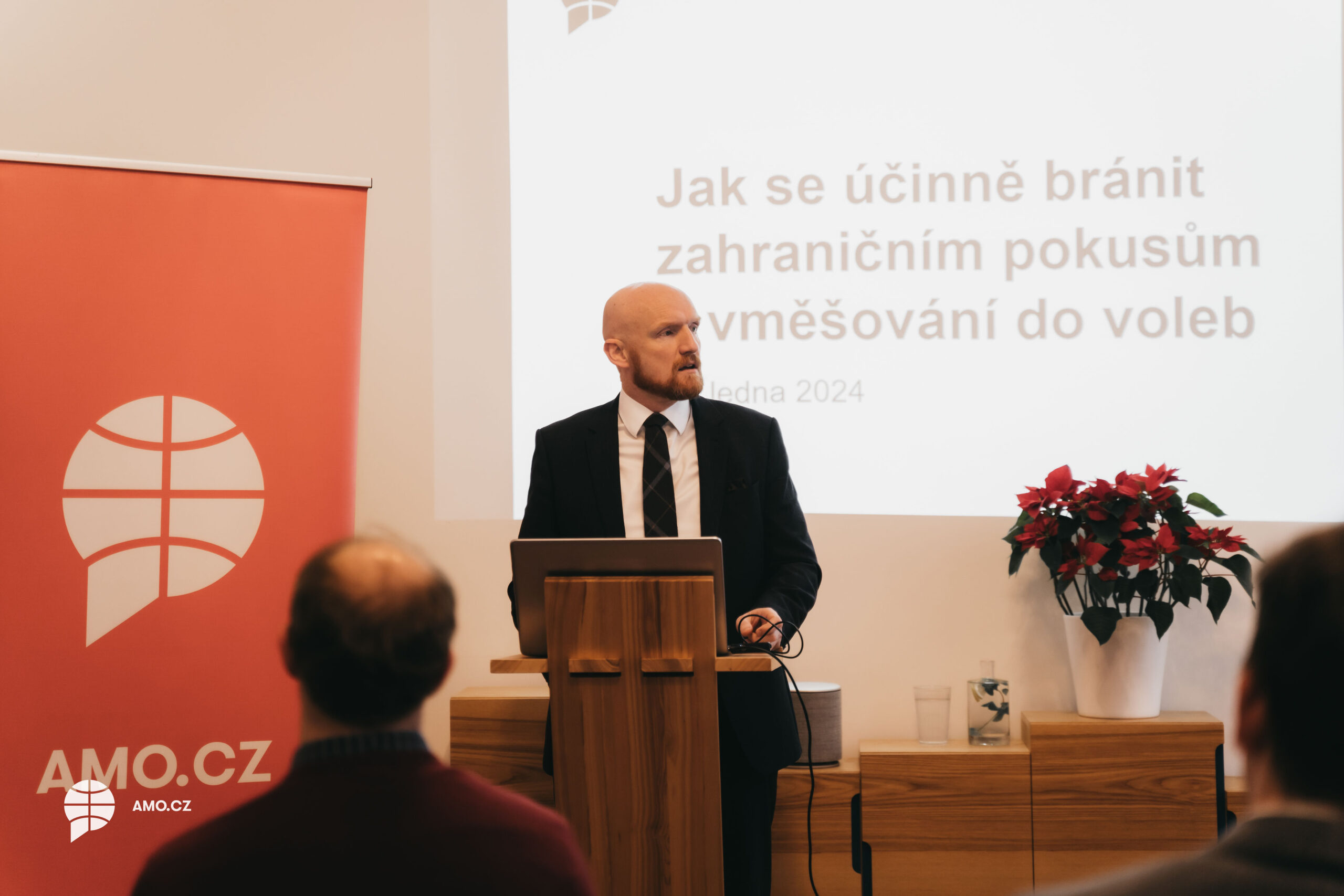The project monitoring Chinese investment in Central and Eastern Europe coordinated by MapInfluenCE China analyst Tamás Matura has officially launched. You can find all the information about the project, including the original dataset, on the project website.
The main findings of the project are summarised below.
The data conundrum
The lack of reliable data sources on the exact amount of Chinese investment in CEE countries has contributed to the lack of clarity around the 17+1 cooperation. Beijing and its regional partners have announced hundreds of investments for tens of billions of Euros in the past decade. Some CEE governments boasted about their capacities to attract as much Chinese capital to their respective countries as possible. The narrative about the “tsunami of Chinese money” flowing into CEE was actively inflated by both sides, which has increased Western concerns even further. Meanwhile, finding useful and comparable data on the actual amount of Chinese FDI in the region has always been a headache even for experts and researchers. As the following figure illustrates, Central Banks, national political leaders, statistical offices, or Chinese Embassies have published figures that differ by orders of magnitudes (Figure 1.). Therefore, it is utmost important to offer a comprehensive and thorough picture of the status of Chinese investments in the CEE region, and the present reports attempts to make such.
Inflated figures
One of the most important findings of the project is that national governments tend to offer an inflated picture of China’s presence in their respective countries. Figures presented by governments tend to include investment plans previously proposed but otherwise never implemented by the Chinese side. Others include the value of infrastructure projects constructed by Chinese contractors, even though the cost is borne by the national government itself. It must be emphasised that infrastructure projects financed by Chinese loans do not fit into the category of Chinese foreign direct investment, rather they are investments made by the host country and merely financed by a loan that happens to come from China.
When both infrastructure related projects and FDI figures are taken into account, Serbia stands out in the region with the highest level (EUR 9,7 billion) of Chinese presence in the region (see Figure 2.), followed by Hungary (EUR 5,4 billion), Romania (EUR 2,8 billion), Poland (EUR 2,7 billion) and Bosnia-Hercegovina (EUR 1,9 billion). However, the value of infrastructure projects distorts the overall picture to a high extent, as Chinese presence in the Western Balkans focuses mostly on construction and not on actual FDI projects.


FDI does not mean actual inflow of capital either
There are considerable differences between the value of China related infrastructure projects, FDI stocks and the estimated value of actual inflow of Chinese capital to CEE countries. While there are major construction projects in the non-EU member countries of the Western Balkans, FDI figures show a much more limited Chinese presence in the region. Furthermore, an important distinction has to be made between investments that fit into the official category of FDI and the actual inflow of Chinese capital into the relevant countries.
It makes sense to exclude all international M&A transactions from the list of Chinese investments in the region and to deduct the value of such transactions from the value of FDI figures to get a more realistic view of the level of Chinese economic activity in the CEE countries
The Chinese investment is limited in CEE countries
As presented by Figure 5. China’s FDI positions in the CEE countries is modest and, except for Hungary and Romania, Chinese investment plays a more important role in Western European countries than in any of the EU members of the 17+1. (Slovenia represents a special case, as 70 percent of the stock of Chinese investment in the country is connected to one single acquisition of a Slovenian video game developer with its headquarters located in Cyprus). Even when it comes to the Western Balkans, only Serbia and Albania stand out from the crowd with proportionally significant levels of Chinese investments. When actual financial inflows (Figure 3.) are taken into account instead of FDI figures, the relevance of China diminishes further in most CEE countries.


Western partners still dominate investments
Despite all the high expectations in the past decade, Chinese investments have not reached significant levels in the CEE region, especially not in the EU members of the region. Traditional European partners like Germany, other East Asian countries like Japan and South Korea and to a lesser extent the United States are still the most important investors in fifteen of the sixteen countries covered by the present research (Figure 6.) The only exception is once again Serbia, where China was able to gain an important position not only in terms of infrastructure construction but also in terms of classical investments like M&As and greenfield projects.
Mind the debt
Almost 79 per cent of the China related infrastructure construction projects in the CEE region are located in the countries of the Western Balkans. Most of the costs of such projects (75-85%) are financed by Chinese loans, and the total value of the constructions add up to significant amounts compared to the GDP of the relevant economies. The level of loans offered by China may reach 18% of the GDP in Montenegro, 12% in Serbia, 10% in Bosnia-Herzegovina and 7% in North-Macedonia.
Limitations of the research
The most significant challenge our research had to face was the lack of reliable official statistical sources on the matter. Our researchers have made efforts to collect the relevant data from publicly available sources, but there are still many investment projects where financial details have remained undisclosed. The case of Poland is particularly interesting, as the price of most acquisitions is unknown to the public, though we believe that those missing data mostly belong to smaller deals, while all relevant major projects have publicised the value of investments. Furthermore, media sources turned out to be unreliable regarding the amount and even the currency of certain projects, therefore it was problematic to decide whether to calculate with Euros or US Dollars in certain cases (or what exchange rate to use).
In summary, the present report and the database published on our website offer well-researched estimates of the different dimensions of Chinese investment positions in the CEE region, but it is both practically and theoretically impossible to collect all the relevant data on the matter.
Image source: https://www.china-cee-investment.org/


